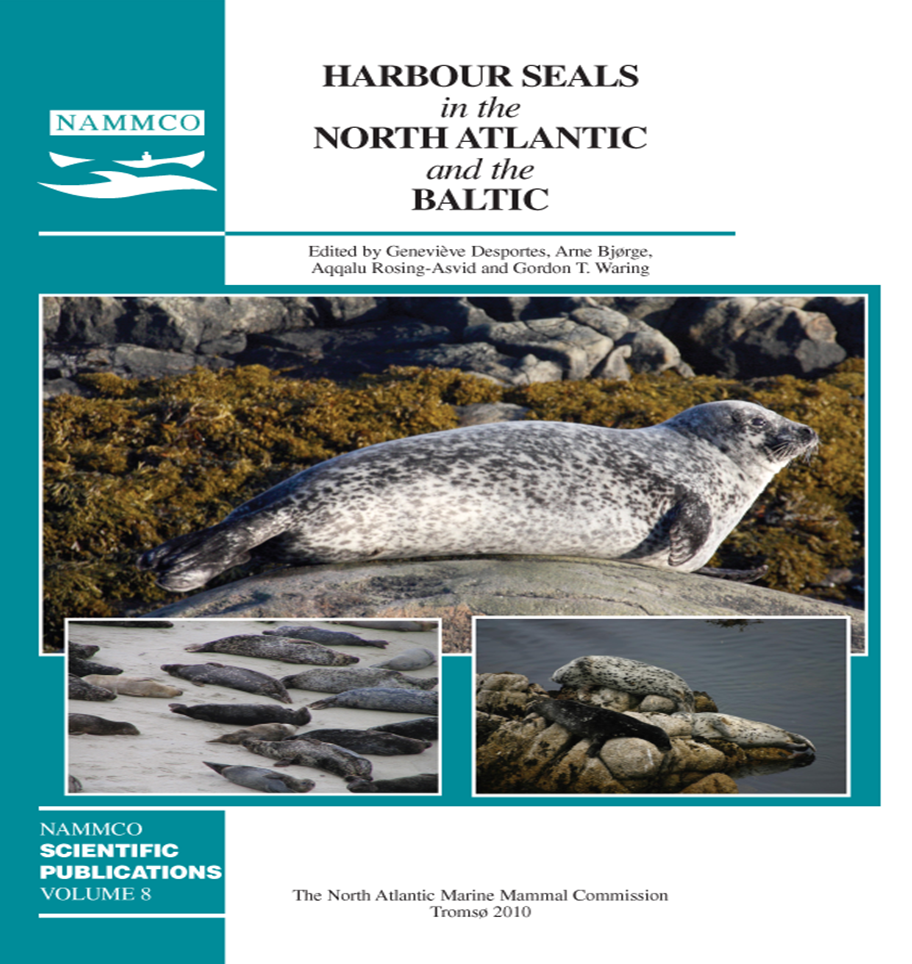Monitoring trends in the abundance of harbour seals (Phoca vitulina) in Icelandic waters
DOI:
https://doi.org/10.7557/3.2687Keywords:
harbour seals, Iceland, abundance, surveysAbstract
Harbour seal (Phoca vitulina) numbers along the coast of Iceland were monitored by aerial survey in the period 1980-2006. Trends in the abundance of the harbour seal population on the whole coast and in coastal regions of Iceland waters were estimated using ANCOVA on the survey counts, corrected for the influence of several covariates. Harbour seals were found in every coastal area, but were most abundant in Faxaflói, Breiðafjörður and on the northwest coast inthe beginning of this study. Harbour seal numbers declined significantly at a rate of rest = -0.04 (SE 0.005) yr-1 during this period. Decline was highest in Faxaflói and at the south coast (≅7%), while the east coast experienced a significant but lesser (≅1%) decline. Other coastal areas did not show significant trends. The northwest coast was the richest harbour seal area in Iceland in 2006. In Icelandic waters seals are commercially harvested, and unreported but probably high numbers of harbour seals are killed intentionally by shooting and accidentally in fishing geareach year. These factors likely contributed to the overall observed decline in seal numbers.Downloads
Published
2010-09-01
How to Cite
Hauksson, E. (2010). Monitoring trends in the abundance of harbour seals (<i>Phoca vitulina</i>) in Icelandic waters. NAMMCO Scientific Publications, 8, 227–244. https://doi.org/10.7557/3.2687
Issue
Section
Articles





